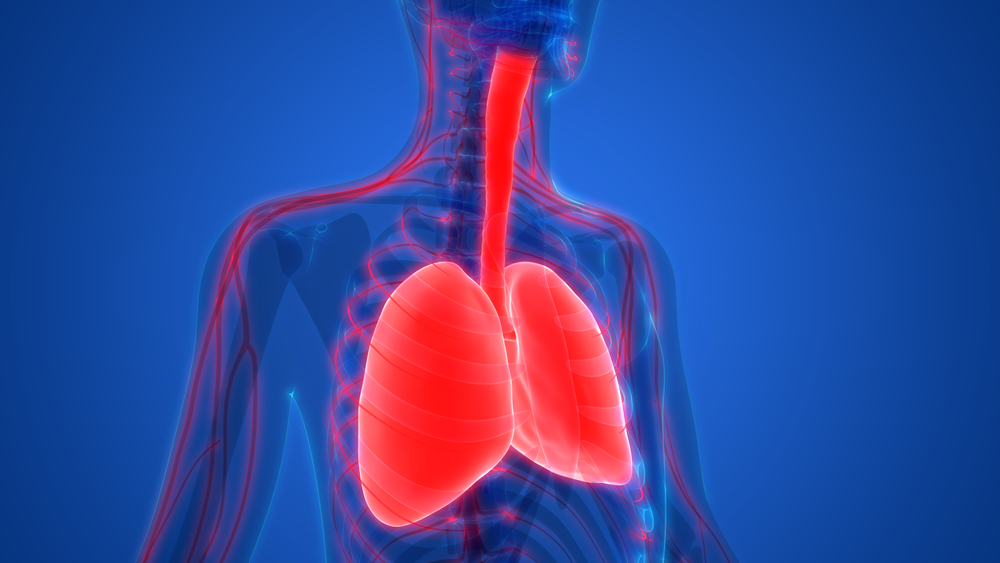Managing Breathing Problems in Late-onset Pompe Disease

Pompe is a type of glycogen storage disease in which a complex sugar molecule known as glycogen builds up within cells, especially in the muscle cells. A defect in the GAA gene causes low production of the acid alpha-glucosidase enzyme that is needed to break down glycogen into glucose.
People with late-onset Pompe have higher GAA enzyme levels than are found in the infantile-onset forms of the disease so their symptoms are mild, but the muscles of the respiratory system are often affected as the disease progresses.
Here are a few tips to help you manage breathing problems if you have been diagnosed with the late-onset form, which occurs in about two-thirds of Pompe disease cases.
Get evaluated for breathing problems
If you start noticing breathing difficulties, get a pulmonary function test (PFT) at the earliest hospital visit and during each subsequent visit. The most common PFT is spirometry, which can measure the volume and speed of air that is inhaled and exhaled.
While getting tested for pulmonary function, make sure the following parameters are included for the proper evaluation of muscle weakness:
- Vital capacity (VC)
- Forced expiratory volume in one second (FEV1)
- Maximal inspiratory pressure (MIP)
- Maximal expiratory pressure (MEP)
Protect yourself from lung infections
Pompe disease patients often have trouble coughing, which makes them prone to bronchitis or pneumonia. Precautions such as frequent hand-washing, avoiding exposure to infectious agents, quitting smoking, and getting an annual flu vaccine can protect patients from bronchitis and other lung infections.
Reduce reliance on oxygen support
Pompe disease patients are advised not to use oxygen support, such as oxygen cylinders, as this can reduce the urge to breathe, resulting in the further weakening of the respiratory muscles and increasing the levels of carbon dioxide in the blood. If you must use oxygen support, do it only under medical supervision.
Test for respiratory dysfunction during sleep
If you snore or frequently gasp for breath during sleep, undergo a polysomnography (sleep study) to evaluate your full sleep pattern. The sleep test can assess whether you have hypoventilation or obstructive sleep apnea and suggest corrective methods.
Stretch lung and chest muscles for proper coughing
Proper functioning of lung and chest muscles is required for efficient breathing and proper coughing. Therapies that can stretch chest muscles and help in coughing include air stacking, manually assisted coughing, and mechanical insufflation-exsufflation. They can be performed under the supervision of a physiotherapist.
Use ventilators to assist in breathing
Pompe disease patients often use mechanical ventilation to help them breathe. Your doctor may recommend one of several types of ventilators, such as a bi-level positive airway pressure ventilator, a volume-controlled ventilator, or a continuous positive airway pressure ventilator, depending on your requirements.
Last updated: Oct. 11, 2019
***
Pompe Disease News is strictly a news and information website about the disease. It does not provide medical advice, diagnosis, or treatment. This content is not intended to be a substitute for professional medical advice, diagnosis, or treatment. Always seek the advice of your physician or other qualified health provider with any questions you may have regarding a medical condition. Never disregard professional medical advice or delay in seeking it because of something you have read on this website.






